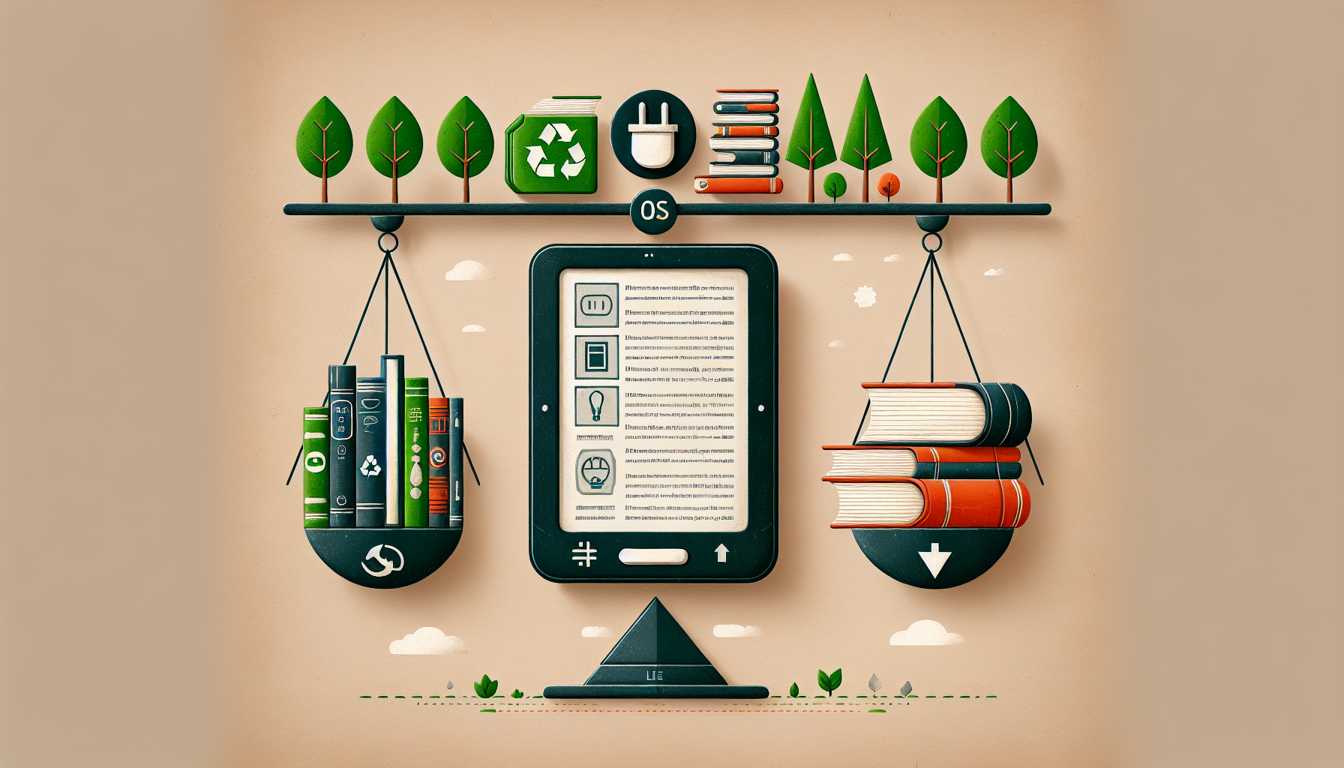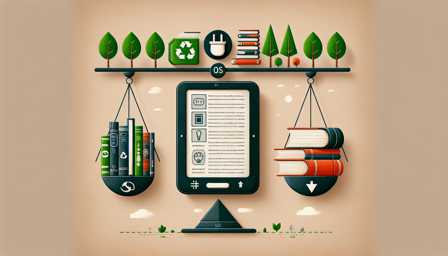
E-Readers vs. Physical Books: Which Is Better for the Environment?
For those who still debate over the merits and demerits of reading on screens versus paper, the advent of e-readers presents an irresistible alternative to traditional books. And it's not just about reading convenience or space saving; electronic devices for reading raise important questions about their environmental footprint. In this article, we'll be examining just that: are e-readers genuinely green alternatives to physical books?
The Impact of Physical Books
Physical books require paper, and making paper requires trees — lots of them. According to a report by Green America, it takes about 24 trees to produce a ton of virgin printing and writing paper. That's roughly about four to seven trees per thousand books, considering a standard novel. Moreover, it's not just about the trees. The process of turning trees into paper involves a significant amount of energy, water, and emissions of harmful pollutants into the atmosphere.
In addition, the environmental toll does not end with the production of paper. There's also the environmental cost associated with transporting books. Diesel trucks and shipping containers that move books from printers to distributors to retailers emit greenhouse gases, contributing to global warming.
How About E-Readers?
E-Readers like Amazon's Kindle, Barnes & Noble's Nook, and Kobo's Aura ONE represent a boon for bibliophiles: one tiny, portable device can store more books than a humongous library. Undoubtedly, this digital format saves trees, but the production and disposal of e-readers carry their ecological issues.
The manufacture of one e-reader requires the extraction and refining of dozens of minerals, as well as the production of plastics and the use of hazardous chemicals. Much of these materials come from conflict regions, and the extraction process can lead to environmental degradation and human rights abuses. Additionally, e-readers consume energy throughout their lifespan, and their rechargeable batteries often contain heavy metals, which can be an environmental hazard if not disposed of properly.
Still, even with these downsides, the overall environmental impact of e-readers depends greatly on the usage habits of the reader. According to a 2009 report from the nonprofit research group Cleantech Group, an e-reader like the Kindle becomes more eco-friendly than printed books if the reader consumes more than 23 books on it every year. In other words, the carbon emitted in the production of a single e-reader can be offset by the environmental savings of having digital books instead of printed ones, but only if you read a lot on it.
Are There Other Alternatives?
If the environmental impact of both, physical books and e-readers, concern you, there are alternatives. Consider checking out books from the library or buying used books. Not only does this cut down on paper and energy usage, but it also supports a circular economy by extending the life of the book. In the digital space, opting for an environment-friendly tablet might be a smarter choice. The iPad, for instance, is constructed with recycling in mind, reducing its potential environmental footprint.
Conclusion
So, e-readers or physical books, which is better for the environment? It depends. If you're an avid reader who devours dozens of books each year, an e-reader could have a smaller environmental footprint. But if you prefer to savor each page slowly, a physical book might be a greener choice — especially a library book, or a second-hand one. Ultimately, there’s no easy answer to an inherently complex question, but recognizing the variables is a good starting point to make informed decisions.



